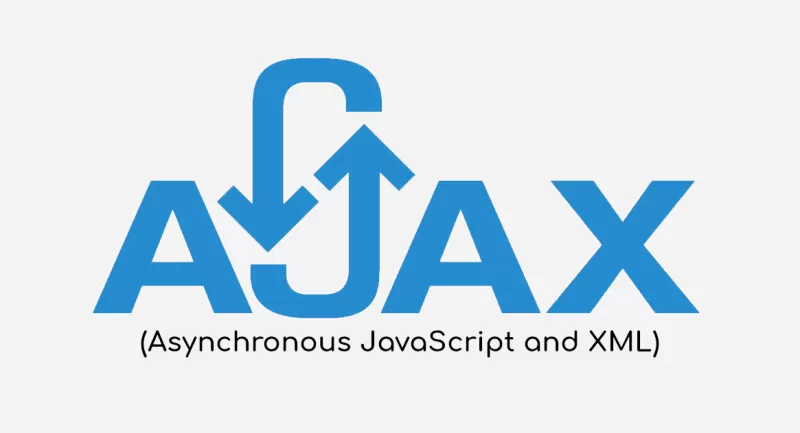
In the dynamic world of web development, creating responsive and interactive websites is essential for a seamless user experience. One powerful tool in a developer's toolkit is AJAX, which stands for Asynchronous JavaScript and XML. In this article, we will explore how to use AJAX in web development to enhance your websites, making them more engaging and efficient.
AJAX is a technique that allows web pages to be updated asynchronously by exchanging small amounts of data with the server behind the scenes. This means that parts of a web page can be updated without reloading the entire page, resulting in faster and more dynamic user interactions.
To understand how to use AJAX in web development, let's look at a simple example. Suppose we want to fetch data from a server and display it on a webpage without reloading the page. Here's a basic implementation using JavaScript:
javascript
Copy code
// Creating an XMLHttpRequest object
var xhttp = new XMLHttpRequest();
// Defining the callback function
xhttp.onreadystatechange = function() {
if (this.readyState == 4 && this.status == 200) {
// Handling the response data
document.getElementById("result").innerHTML = this.responseText;
}
};
// Sending an HTTP GET request to the server
xhttp.open("GET", "server-endpoint-url", true);
xhttp.send();
In this example, the XMLHttpRequest object is used to communicate with the server. The onreadystatechange event triggers a function when the server response is ready, updating the HTML content of the element with the ID "result."
AJAX is a versatile tool that can significantly enhance the interactivity and performance of web applications. By understanding how to use AJAX in web development, developers can create more responsive and efficient websites that provide a better user experience.
At Sympaweb, we specialize in creating cutting-edge web designs and applications using the latest technologies, including AJAX. If you're looking to elevate your web presence, Sympaweb is the best web design company in Jordan to bring your vision to life.